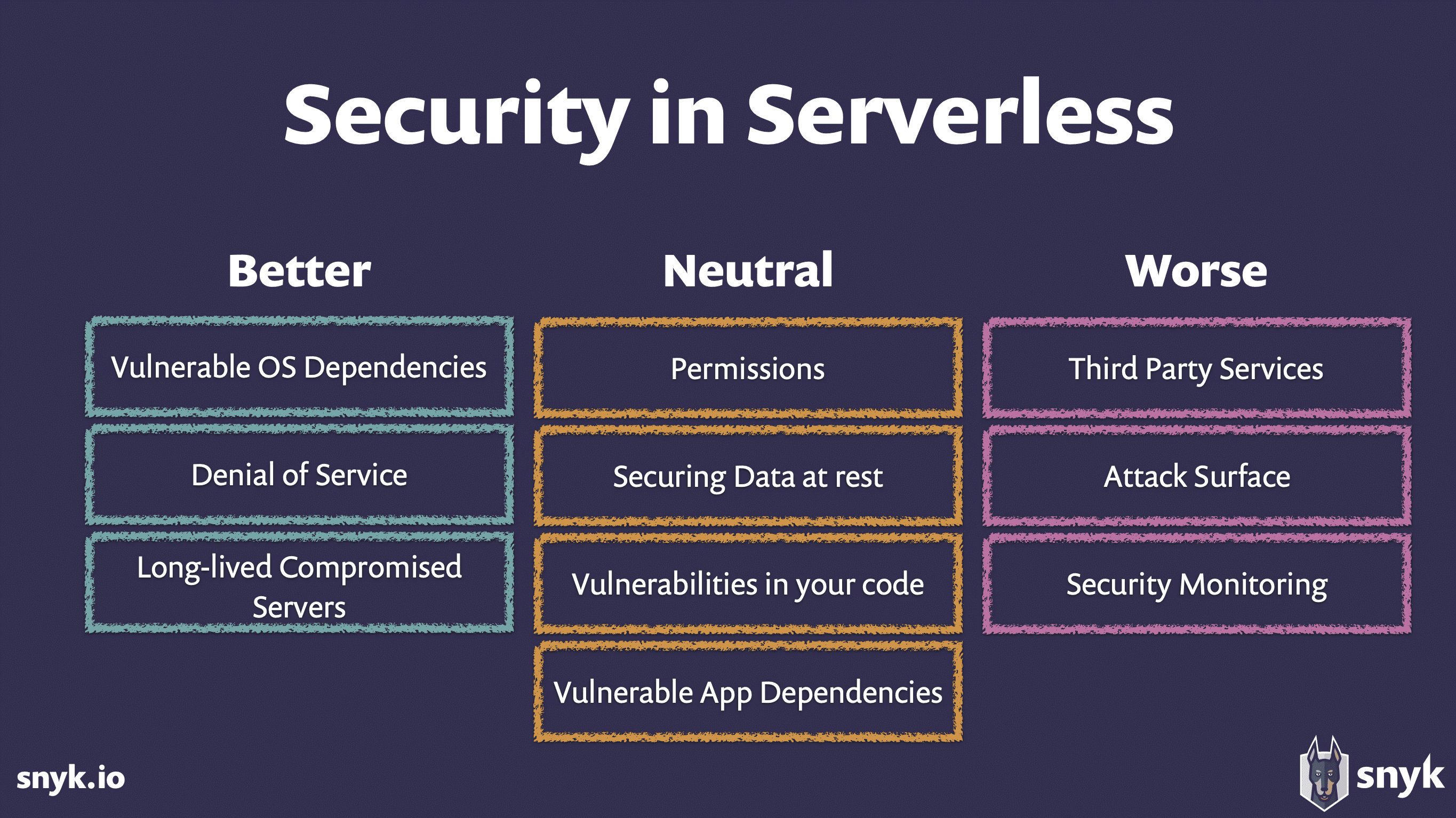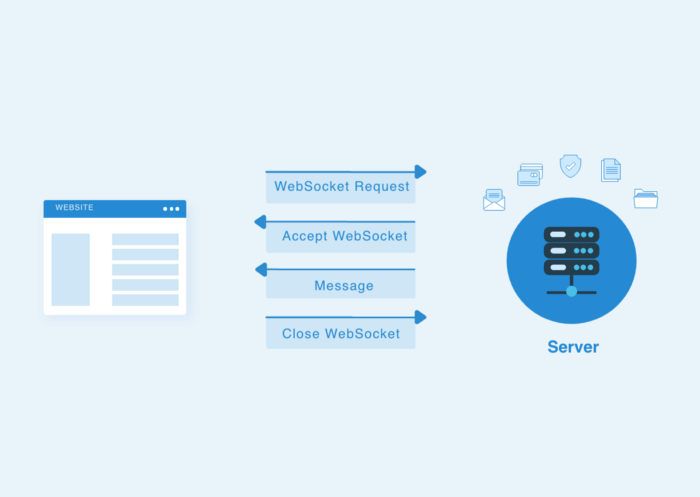
In recent years, cybersecurity has become an increasingly important concern for businesses of all sizes. As technology continues to advance, so do the tactics and methods used by cybercriminals. The stakes are high, and businesses must take steps to protect their data and assets. In this article, we will explore the top cybersecurity threats that businesses are likely to face in 2023, and what they can do to protect themselves.
1. Ransomware
Ransomware has been a popular method of cyberattack for years, and it shows no signs of slowing down in 2023. Ransomware is a type of malware that encrypts a victim's data and demands payment in exchange for the decryption key. Cybercriminals typically use social engineering tactics to lure victims into downloading the malware, such as phishing emails or malicious ads.
To protect against ransomware, businesses must take a proactive approach to cybersecurity. This includes implementing multi-factor authentication, regularly backing up data, and training employees to identify and report suspicious activity. Additionally, businesses should implement robust intrusion detection and prevention systems to detect and prevent ransomware attacks
2. Supply Chain Attacks
Supply chain attacks are becoming increasingly common and can have devastating consequences. In a supply chain attack, cybercriminals target a third-party vendor that supplies software or services to a target business. By compromising the vendor, the cybercriminals can gain access to the target business's network and data.
To protect against supply chain attacks, businesses should conduct due diligence when selecting vendors and regularly monitor their security practices. Additionally, businesses should implement security controls, such as firewalls and intrusion detection systems, to detect and prevent unauthorized access.
3. Cloud Security
Cloud computing has become ubiquitous in the business world, but it also presents new security challenges. Cloud providers are responsible for securing the underlying infrastructure, but businesses are responsible for securing their own data and applications.
To protect against cloud security threats, businesses should implement robust access controls and encryption for sensitive data. Additionally, businesses should conduct regular security assessments to identify and address any vulnerabilities. They should also use a reputable cloud provider with strong security measures in place.
4. Internet of Things (IoT) Security
The Internet of Things (IoT) has revolutionized the way we live and work, but it also poses significant security risks. IoT devices are often poorly secured and can be easily compromised, providing an entry point for cybercriminals to gain access to a business's network.
To protect against IoT security threats, businesses should implement strong passwords and access controls for IoT devices. Additionally, businesses should segment their network to prevent compromised IoT devices from spreading malware to other devices.
5. Insider Threats
Insider threats are a significant risk to businesses, as employees can unintentionally or intentionally cause data breaches. Common types of insider threats include employees accidentally exposing sensitive data or intentionally stealing data for personal gain.
To protect against insider threats, businesses should implement access controls and limit employee access to sensitive data. Additionally, businesses should monitor employee activity to detect and prevent any suspicious behavior. They should also provide regular training to employees on cybersecurity best practices.
6. Artificial Intelligence (AI) Security
Artificial intelligence (AI) is becoming increasingly prevalent in business, but it also presents new security challenges. AI can be used to detect and respond to security threats, but it can also be used by cybercriminals to automate attacks.
To protect against AI security threats, businesses should implement AI-specific security controls, such as anomaly detection and behavioral analysis. Additionally, businesses should regularly test their AI systems to identify and address any vulnerabilities.
7. Advanced Persistent Threats (APTs)
Advanced Persistent Threats (APTs) are sophisticated attacks that are often carried out by state-sponsored actors. APTs can be difficult to detect and can remain undetected for long periods of
Conclusion
In conclusion, the cybersecurity landscape is evolving at a rapid pace, and businesses must remain vigilant to protect their data and assets from cyber threats. As we have discussed, the top cybersecurity threats facing businesses in 2023 include ransomware, supply chain attacks, cloud security, IoT security, insider threats, AI security, APTs, and social engineering.
To combat these threats, businesses must take proactive measures, including implementing strong security controls, conducting regular security assessments, and educating employees on best practices. It's also important for businesses to stay up-to-date on the latest cybersecurity threat intelligence and adjust their security strategies accordingly.
In a world where technology continues to advance, the stakes are high, and the cost of a cyberattack can be devastating for a business. By taking a proactive approach to cybersecurity, businesses can reduce the risk of a cyberattack and protect their data and assets in 2023 and beyond.





